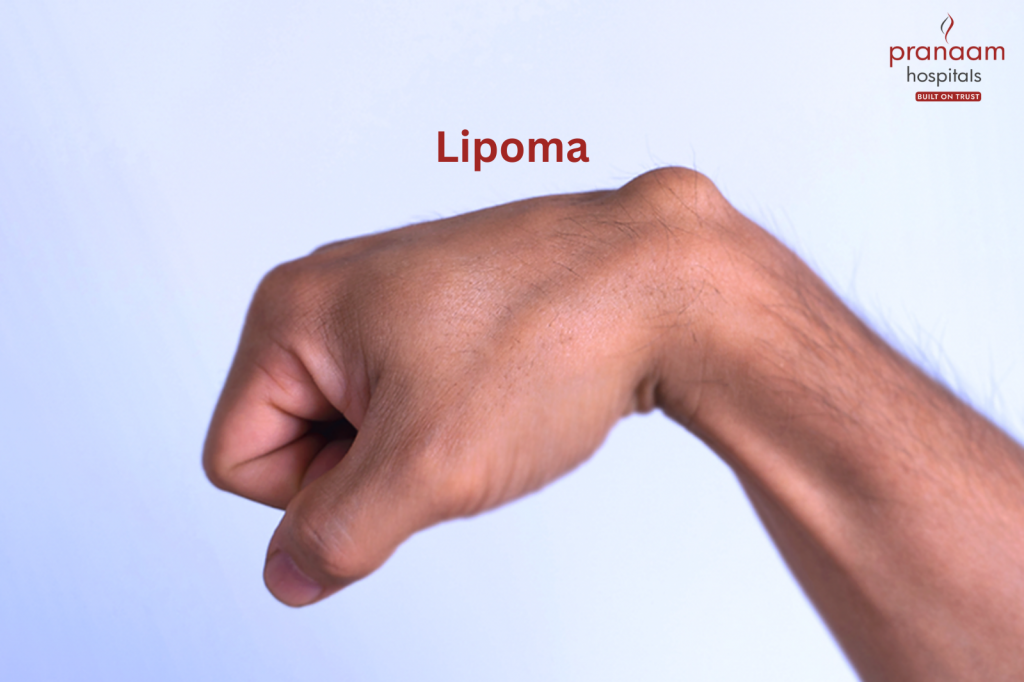Lipomas are common, benign tumors composed of fat cells that grow slowly beneath the skin. While they are usually harmless, they are able to cause discomfort or concern because of their appearance. Understanding lipomas, including their causes, symptoms, and treatment options, can help individuals make informed decisions about their health.
Causes of Lipomas
The exact cause of lipomas isn’t fully understood, but they’re believed to develop when fat cells multiply faster than normal or do not undergo the usual process of cell death and elimination. Some factors that may contribute to their development include:
Genetics: Lipomas can run in families, suggesting a genetic predisposition to their formation.
Age: Lipomas are more commonly seen in middle-aged adults, though they can occur at any age.
Gender: Men are slightly more likely to develop lipomas compared to women.
Medical Conditions: Certain conditions, such as adiposis dolorosa (also known as Dercum’s disease), may increase the risk of lipoma formation.
Symptoms of Lipomas
Lipomas often present as soft, doughy lumps below the pores and skin. They are commonly painless and pass without difficulty when touched.
Location: Lipomas normally appear on the neck, shoulders, lower back, stomach, palms, and thighs but can arise anywhere in the body where fat cells are present.
Size: Lipomas can range in length from a few millimetres to several centimetres in diameter.
Texture: They typically feel gentle and rubbery to the touch.
Growth: Lipomas generally develop slowly through the years, although in a few instances, they’ll remain stable or maybe reduce.
While lipomas are usually innocent, individuals must seek advice from a healthcare expert in the event that they notice any modifications in size, shape, or texture, or if the lipoma causes pain or ache.
Diagnosis and Treatment
Diagnosing a lipoma usually involves a physical examination by a healthcare provider. In some cases, imaging tests such as ultrasound, MRI, or CT scans may be used to confirm the diagnosis or to evaluate the size and location of the lipoma.
Treatment for lipomas is generally the most important if they are causing symptoms or if there’s a challenge with their appearance. Options for treatment may include:
Observation: If the lipoma is small, painless, and not inflicting some other signs, a healthcare provider may advocate without a doubt tracking it through the years.
Surgical Removal: Larger or bothersome lipomas may be eliminated surgically beneath local anesthesia. This process is typically truthful and involves making an incision within the pores and skin to dispose of the lipoma.
Steroid Injections: In a few instances, steroid injections can be used to shrink the lipoma, mainly if it is positioned in a touchy place where surgical treatment can be extra tough.
It’s crucial to emphasise that trying to remove a lipoma at home is not advisable and may result in complications like infection or incomplete removal.
Conclusion
Lipomas are common benign tumors composed of fat cells that grow slowly under the skin. While they’re usually harmless, they can cause discomfort or concern because of their look. Understanding the reasons, signs and symptoms, and treatment alternatives for lipomas can assist people make informed decisions about their fitness. If you word any unusual lumps or changes on your skin, it is important to seek advice from a healthcare expert for proper assessment and management.
Also Read: All you need to know about UTIs during pregnancy: causes, risks and treatment
Understanding about Kidney Stone Formation and Guidelines for Die


